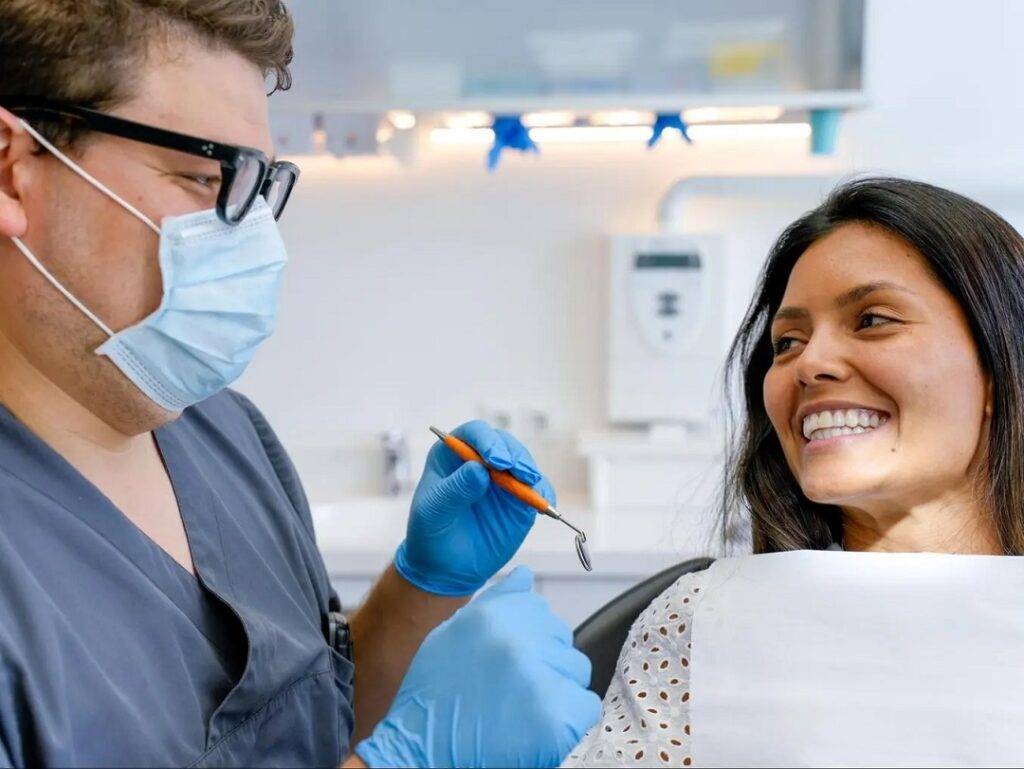Clear aligner therapy has revolutionized orthodontics, providing a more discreet and comfortable alternative to traditional braces. With technological advancements, particularly artificial intelligence (AI) and 3D printing, the precision, efficiency, and effectiveness of clear aligner treatments have reached new heights.
These innovations are transforming how orthodontists plan, customize, and monitor aligner treatments, making the experience better for patients and providing enhanced outcomes.
AI has become an integral part of modern orthodontics, especially in the design and personalization of clear aligners. It uses powerful algorithms to analyze digital impressions and X-rays to create accurate 3D models of the patient’s teeth and jaw.
These models allow AI to predict tooth movements with exceptional accuracy, helping orthodontists design highly customized treatment plans.
By analyzing large datasets from past cases, AI can also anticipate potential complications and suggest proactive solutions, ensuring a smoother treatment journey.
AI’s role doesn’t stop at the design phase. It can monitor the progress of treatment in real-time, tracking the movement of teeth and making automatic adjustments.
This reduces the need for frequent in-person visits, allowing for faster and more efficient treatment. AI also contributes to predictive analytics, offering insights into potential treatment delays or complications and enabling orthodontists to address issues proactively.
The result is a more efficient and streamlined process that improves patient outcomes while enhancing their overall experience.
Alongside AI, 3D printing plays a pivotal role in the customization and production of clear aligners. By using precise digital models generated by AI, 3D printing allows for the creation of custom-fit aligners that perfectly match the patient’s dental structure.
The level of precision enabled by 3D printing ensures that aligners fit comfortably and function effectively, reducing discomfort and improving treatment efficacy.
Additionally, 3D printing has significantly reduced production times, allowing aligners to be created in just a few days instead of weeks. This faster turnaround means patients can begin their treatment sooner and experience shorter overall treatment durations.
Another advantage of 3D printing in clear aligner therapy is the reduction in manufacturing costs. As the cost of producing clear aligners decreases, more patients can access this treatment option.
This also benefits orthodontists, as the efficiency and affordability of 3D printing allow for a smoother, more cost-effective practice.
The combination of AI and 3D printing has greatly enhanced the patient experience. Clear aligners are more comfortable, thanks to the custom-fit designs created by 3D printing, and the treatment timeline is shorter.
With AI, orthodontists can remotely monitor treatment progress, ensuring that patients don’t need to visit the clinic as often. This reduces the inconvenience of frequent appointments and allows patients to fit orthodontic care into their busy schedules.
The precision of AI and 3D printing also leads to better aesthetic outcomes, resulting in straighter teeth and improved facial aesthetics.
As these technologies continue to evolve, the future of clear aligner therapy looks even more promising. We can expect AI algorithms to become more advanced, leading to even more accurate and personalized treatment plans.
3D printing will continue to innovate, enabling the creation of even more sophisticated aligners tailored to each patient’s needs. For orthodontic professionals, embracing AI and 3D printing will be crucial to providing high-quality care and improving patient satisfaction.
AI and 3D printing have already revolutionized the landscape of clear aligner therapy. By improving the precision, speed, and comfort of treatment, these technologies help orthodontists deliver better results while streamlining the entire treatment process.
As they continue to evolve, they will shape the future of orthodontics, making clear aligner therapy even more effective, efficient, and accessible for patients worldwide.


